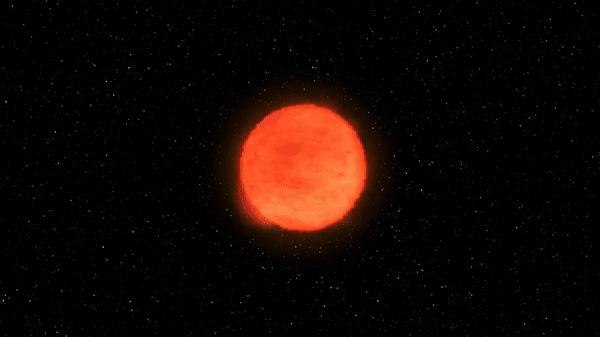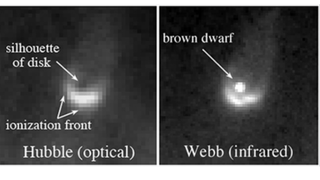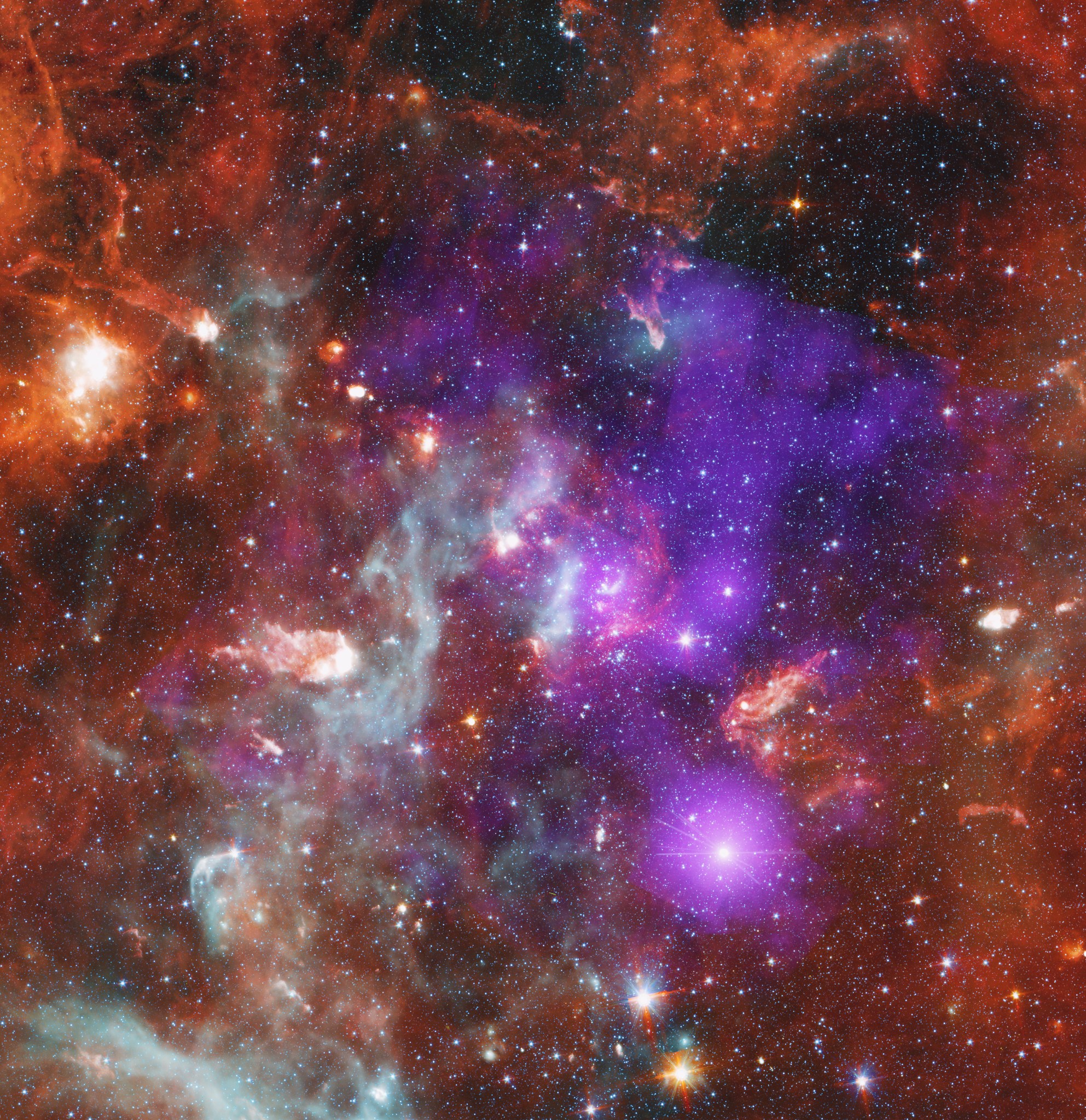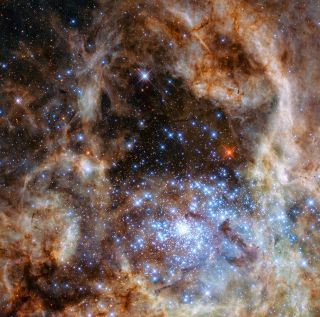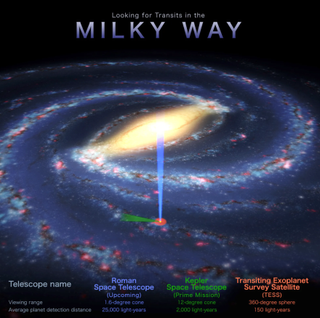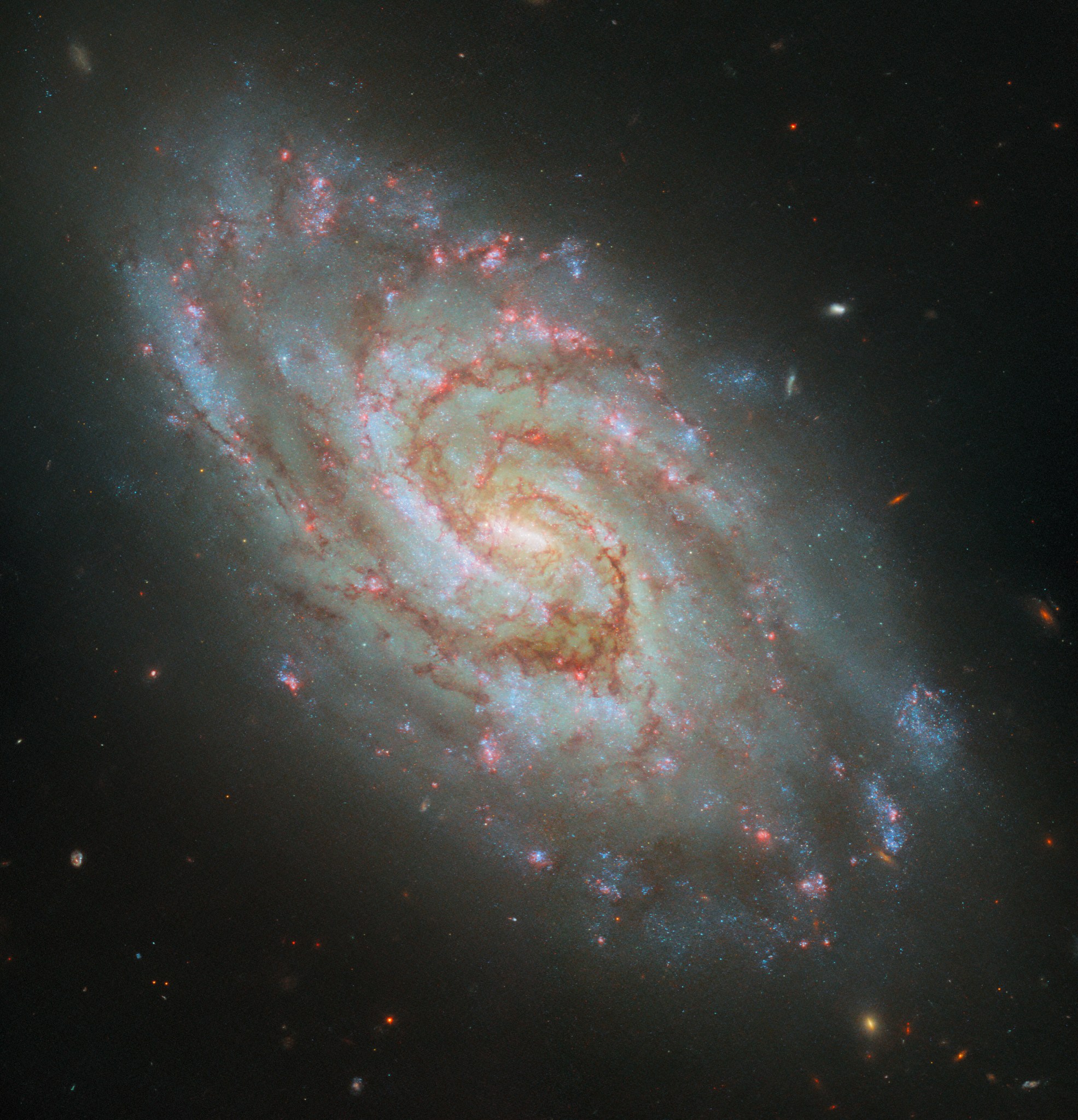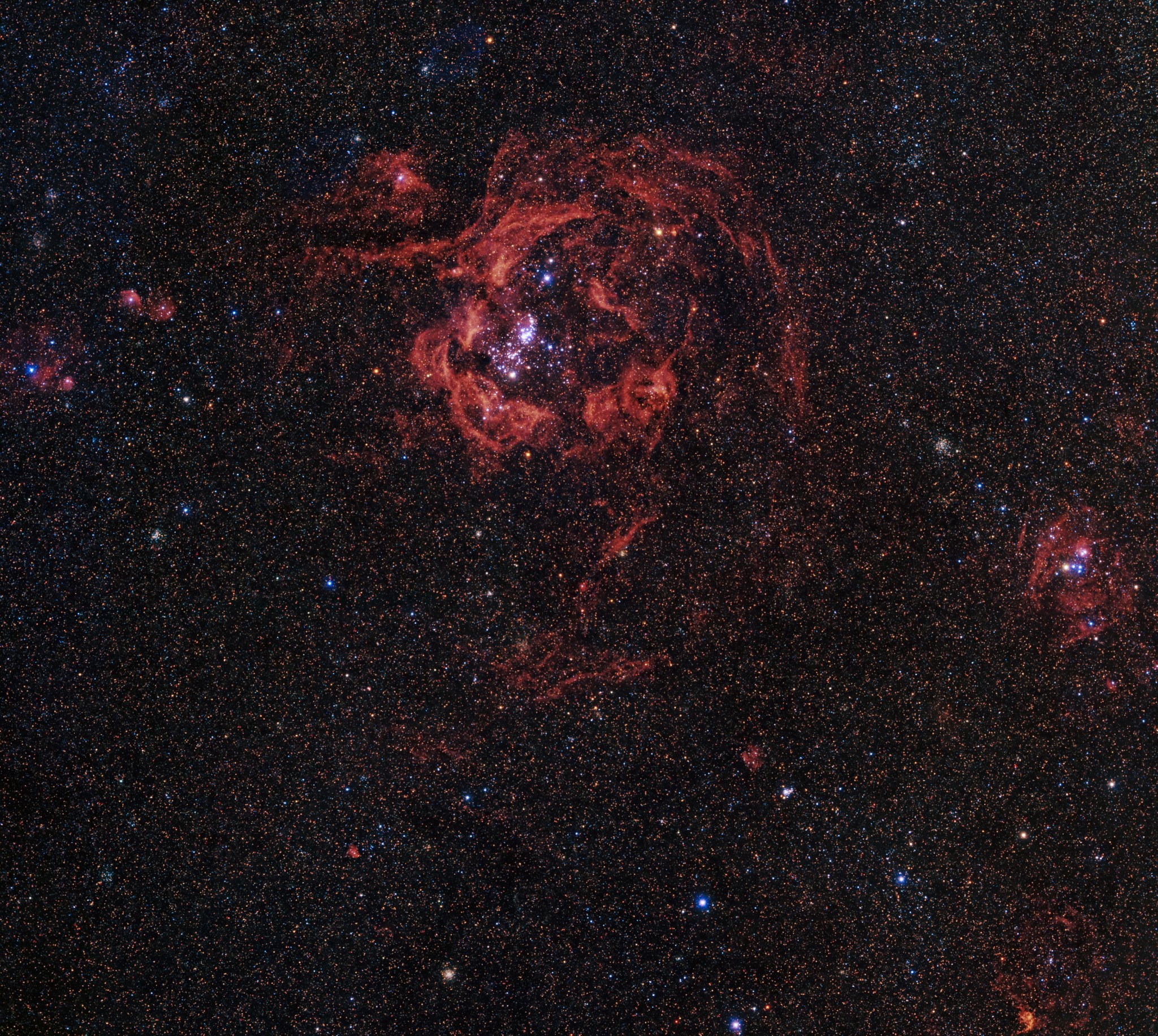Astronomers have captured a “zoomed-in” image of a star outside the Milky Way for the first time. The team brought the vast red supergiant star designated WOH G64 into focus using the Very Large Telescope Interferometer (VLTI). WOH G64 is located a staggering 160,000 light-years away in the Large Magellanic Cloud (LMC), a satellite dwarf galaxy companion of the Milky Way. Astronomers have known of the existence of this star for some time, and it has earned the nickname the “behemoth star” because it is an incredible 2,000 times the…
Read MoreTag: Stars
Six Ways Supercomputing Advances Our Understanding of the Universe
At NASA, high-end computing is essential for many agency missions. This technology helps us advance our understanding of the universe – from our planet to the farthest reaches of the cosmos. Supercomputers enable projects across diverse research, such as making discoveries about the Sun’s activity that affects technologies in space and life on Earth, building artificial intelligence-based models for innovative weather and climate science, and helping redesign the launch pad that will send astronauts to space with Artemis II. These projects are just a sample of the many on display in…
Read MoreCould a supernova ever destroy Earth?
When the bright star Betelgeuse explodes, it will be an impressive sight. The stellar explosion, known as a supernova, will be brighter than any planet and almost as bright as the full moon. It will be visible during the day, and you could read a book to its light at midnight. It will last a few months before fading away, as all supernovas do. But it won’t be dangerous. For that, it would have to be much, much closer; Betelgeuse is roughly 650 light-years away. So are there any stars…
Read MoreNASA’s Hubble, Webb Probe Surprisingly Smooth Disk Around Vega
Hubble Space Telescope Home NASA’s Hubble, Webb… Hubble Space Telescope Hubble Home Overview About Hubble The History of Hubble Hubble Timeline Why Have a Telescope in Space? Hubble by the Numbers At the Museum FAQs Impact & Benefits Hubble’s Impact & Benefits Science Impacts Cultural Impact Technology Benefits Impact on Human Spaceflight Astro Community Impacts Science Hubble Science Science Themes Science Highlights Science Behind Discoveries Hubble’s Partners in Science Universe Uncovered Explore the Night Sky Observatory Hubble Observatory Hubble Design Mission Operations Missions to Hubble Hubble vs Webb Team Hubble…
Read MoreCan ‘failed stars’ have planets? James Webb Space Telescopes offers clues
Using the James Webb Space Telescope, astronomers have discovered that planet-forming disks in the Orion nebula actually surround “failed stars,” or brown dwarfs. This is the first confirmation that planet-forming, flattened clouds of gas and dust called “protoplanetary disks” surround these peculiar cosmic objects. The team discovered this while using the James Webb Space Telescope (JWST) to follow up on observations of protoplanetary disks, or “proplyds,” illuminated by ultraviolet light in the Orion Nebula. Those observations were collected by the Hubble Space Telescope. These findings could help scientists understand how…
Read MorePlanets Beware: NASA Unburies Danger Zones of Star Cluster
X-ray: NASA/CXC/SAO/J. Drake et al, IR: NASA/JPL-Caltech/Spitzer; Image Processing: NASA/CXC/SAO/N. Wolk Most stars form in collections, called clusters or associations, that include very massive stars. These giant stars send out large amounts of high-energy radiation, which can disrupt relatively fragile disks of dust and gas that are in the process of coalescing to form new planets. A team of astronomers used NASA’s Chandra X-ray Observatory, in combination with ultraviolet, optical, and infrared data, to show where some of the most treacherous places in a star cluster may be, where planets’…
Read MoreGaia space telescope discovers 55 ‘runaway’ careening away from stellar cluster at 80 times the speed of sound
Using Europe’s Gaia space telescope, astronomers have identified 55 runaway stars being ejected at high speeds from a densely packed young cluster in the Large Magellanic Cloud (LMC), a satellite galaxy of our own Milky Way. This is the first time so many stars have been seen escaping from a single star cluster. The star cluster R136, located around 158,000 light-years away, is home to hundreds of thousands of stars and sits in a massive region of intense star formation in the LMC. It’s home to some of the biggest…
Read MoreNASA’s exoplanet hunter TESS spots a record-breaking 3-star system
Using NASA’s exoplanet-hunting spacecraft, the Transiting Exoplanet Survey Satellite (TESS), scientists have spotted a record-breaking triple-star system so tightly bound that it could fit comfortably between the sun and its closest planet, Mercury. The system, designated TIC 290061484 contains twin stars that race around each other once every 1.8 Earth days as well as a third star that orbits this pair once every 25 Earth days. This triple star system’s super-tight orbit, located just under 5,000 light-years away in the constellation Cygnus, the swan, makes it a record-breaker. The previous…
Read MoreHubble Captures Stellar Nurseries in a Majestic Spiral
Hubble Space Telescope Home Hubble Captures Stellar… Hubble Space Telescope Hubble Home Overview About Hubble The History of Hubble Hubble Timeline Why Have a Telescope in Space? Hubble by the Numbers At the Museum FAQs Impact & Benefits Hubble’s Impact & Benefits Science Impacts Cultural Impact Technology Benefits Impact on Human Spaceflight Astro Community Impacts Science Hubble Science Science Themes Science Highlights Science Behind Discoveries Hubble’s Partners in Science Universe Uncovered Explore the Night Sky Observatory Hubble Observatory Hubble Design Mission Operations Missions to Hubble Hubble vs Webb Team Hubble…
Read MoreHubble Zooms into the Rosy Tendrils of Andromeda
2 min read Hubble Zooms into the Rosy Tendrils of Andromeda NASA, ESA, M. Boyer (Space Telescope Science Institute), and J. Dalcanton (University of Washington); Image Processing: Gladys Kober (NASA/Catholic University of America) Clusters of stars set the interstellar medium ablaze in the Andromeda Galaxy about 2.5 million light-years away. Also known as M31, Andromeda is the Milky Way’s closest major galaxy. It measures approximately 152,000 light-years across and, with almost the same mass as our home galaxy, is headed for a collision with the Milky Way in 2-4 billion…
Read More

